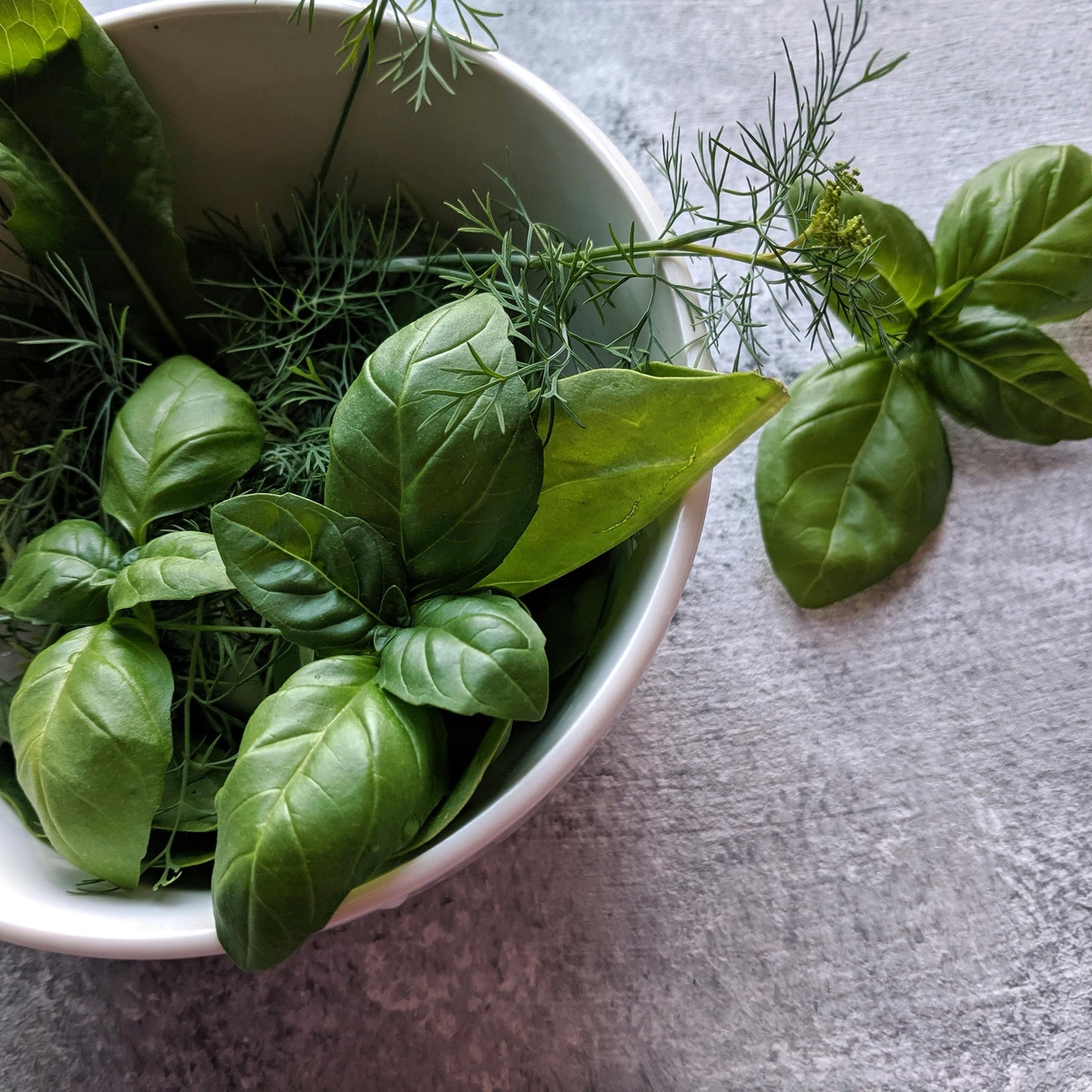Spring Sale
Enjoy 10% OFF on all your favorite products! Use code SPRING at checkout. Hurry, limited time only! 🌿✨ #SpringSavings
This store requires javascript to be enabled for some features to work correctly.

In the vast world of culinary arts, dried loose-leaf herbs stand as silent heroes, infusing dishes with depth, aroma, and cultural significance. From the eucalyptus-scented kitchens of Australia to the moringa-rich meals of South Asia, these humble leaves have been shaping global cuisines for centuries. Let's embark on a flavorful journey exploring how different cultures harness the power of dried herbs to create culinary magic.
Drying herbs is an ancient preservation technique that allows cultures to enjoy the benefits of seasonal plants year-round. This process concentrates flavors, making dried herbs potent additions to various dishes. Moreover, many dried herbs retain their nutritional value, offering both taste and health benefits.
Let's delve into some of the most intriguing dried loose-leaf herbs used in global cuisines:
Origin:
Native to Australia
Cultural Use:
While not commonly used in cooking due to its strong flavor, some Australian bush tucker recipes incorporate eucalyptus for its unique taste and medicinal properties.
Culinary Application:
Infusions, teas, and as a flavoring agent in some candies and syrups.
Origin:
Tropical regions, particularly Central America and Southern Mexico
Cultural Use:
In some Asian cultures, dried papaya leaves are used in teas and soups.
Culinary Application:
Often used in Vietnamese and Thai cuisines for its slightly bitter flavor and potential digestive benefits.
Origin:
South Asia
Cultural Use:
In Ayurvedic medicine and some South Asian cuisines
Culinary Application:
Used in teas and some curries for its subtle, earthy flavor and purported health benefits.
Origin:
Parts of Africa and Asia
Cultural Use:
Widely used in African and South Asian cuisines
Culinary Application:
Added to soups, stews, and curries; also, popular as a tea or powder supplement.
Origin:
Tropical regions of the Americas and the Caribbean
Cultural Use:
Traditional medicine in many cultures; gaining popularity in teas
Culinary Application:
Primarily used in teas and infusions for its unique flavor and potential health benefits.
Origin:
Tropical and subtropical regions worldwide
Cultural Use:
Popular in many cultures, from Latin America to Africa and the Middle East
Culinary Application:
Used in teas (like Jamaica in Mexico), sauces, and as a garnish; provides a tart, cranberry-like flavor.
Origin:
South and Southeast Asia
Cultural Use:
Essential in many Asian cuisines
Culinary Application:
Used in soups, curries, and teas; imparts a citrusy, slightly sweet flavor.
Origin:
Mexico and Central America
Cultural Use:
Traditional in Mexican cuisine
Culinary Application:
Used in some moles, soups, and stews; offers an anise-like flavor.
Origin:
Tropical and subtropical regions
Cultural Use:
Used in traditional medicine in many cultures
Culinary Application:
Primarily used in teas and sometimes as a wrap for cooking meats in some Pacific Island cuisines.
The use of dried herbs in different cultures goes beyond mere flavoring. These leaves often carry deep cultural significance and are intertwined with traditional practices:
Health Benefits: More Than Just Flavor
Many of these dried herbs are not just culinary ingredients but also play roles in traditional medicine:
It's important to note that while these herbs have traditional uses, always consult with a healthcare professional before using them for medicinal purposes.
Sustainability and Preservation of Culinary Heritage
The use of dried herbs in global cuisines is not just about flavor; it's also about sustainability and preserving culinary heritage. By drying herbs, cultures can:
Conclusion:
A Leaf-Shaped Window to the World
Dried loose-leaf herbs offer us more than just flavors; they provide a unique lens through which we can understand and appreciate diverse cultures. From the eucalyptus-scented dishes of Australia to the moringa-rich meals of Africa, these humble leaves tell stories of tradition, adaptation, and culinary innovation.
As we continue to explore global cuisines, let's remember that every pinch of dried herb carries with it centuries of cultural wisdom and culinary artistry. By incorporating these diverse herbs into our cooking, we not only expand our palates but also participate in a rich, global culinary dialogue.
What dried herb from another culture would you like to try in your cooking? The world of flavors is vast and waiting to be explored, one leaf at a time.
Discover the art of brewing the perfect Chamomile-Peppermint Herbal Infusion—a soothing blend that calms the senses and refreshes the mind. This simple recipe combines dried chamomile flowers and peppermint leaves, steeped at just the right temperature to unlock their full flavor. Add honey and lemon for extra zest and enjoy a truly relaxing tea experience!
Detoxification plays a key role in maintaining hormonal balance by eliminating toxins that disrupt the endocrine system. Herbs like dandelion root, milk thistle, turmeric, and ashwagandha support liver function, reduce inflammation, and help regulate hormone levels naturally. Along with a clean diet, hydration, exercise, and stress management, incorporating detox herbs through teas, supplements, and infusions can enhance overall well-being. A consistent, holistic approach is essential for lasting hormonal harmony and optimal health.
Experience the magic of hibiscus tea in baking with these three irresistible cake recipes. Whether it's a buttery pound cake, a citrusy layer cake, or a rich chocolate treat, each dessert perfectly balances floral elegance and tangy sweetness. Perfect for tea parties, gatherings, or a special treat!